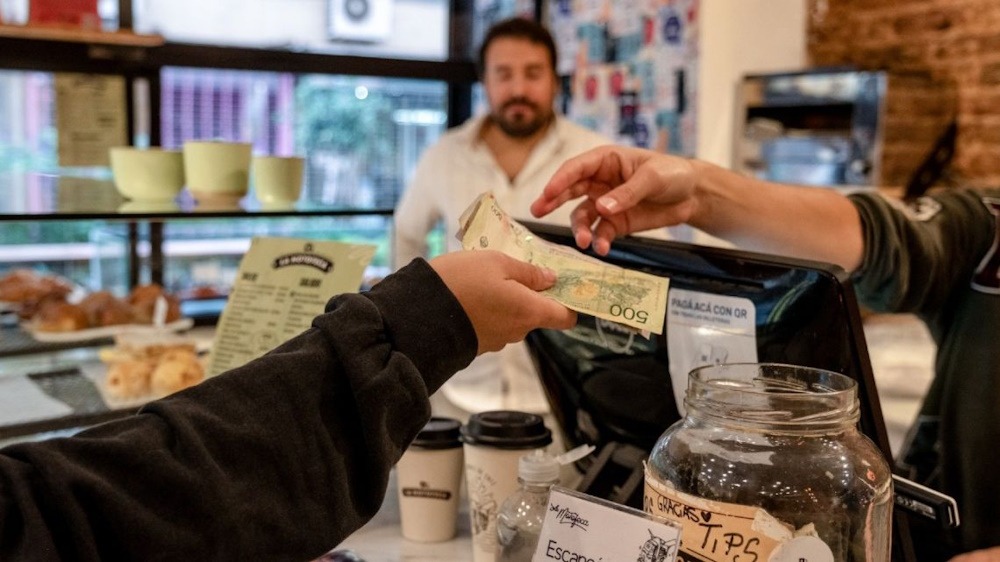One of the significant challenges facing President Javier Milei in his efforts to address a currency crisis is the prevailing consensus that the peso is overvalued. Barclays Plc asserts that the real effective exchange rate ought to be approximately 30 percent weaker to invigorate economic activity. According to reports, the peso is currently overvalued by approximately 20 percent. A consensus among various investors and analysts indicates a reluctance to provide a specific estimate; however, there is a shared understanding that, to varying extents, a depreciation of the peso is necessary.
A robust currency has consistently been a component of Milei’s dual strategy – paired with fiscal austerity – aimed at curbing inflation and stabilizing the economy. Despite its success in reducing inflation from over 200 percent a year ago to 33.6 percent today, analysts indicate that its overvaluation has consistently increased month after month, causing concerns in a country with a well-documented history of devaluations and defaults. Indicators of distress stemming from the robust peso are evident: an increasing number of Argentines are opting to shop abroad; prominent meatpackers are importing beef, a staple Argentine export, as it proves to be more cost-effective than the domestic alternative. Meanwhile, the economy is experiencing a slowdown, influenced in part by the budget cuts. Despite authorities permitting a more rapid decline of the peso in recent weeks, driven by investor apprehensions regarding Milei’s political backing, analysts caution that a more pronounced depreciation is essential to restore economic equilibrium and meet the stipulations of the US$20-billion agreement established with the International Monetary Fund earlier this year.
“The IMF is requesting an annual current account surplus of approximately US$10 billion, achievable only with a peso valuation between 1,650 and 1,700 per dollar,” in contrast to the 1,408 observed at the close on Monday, stated Juan Manuel Pazos. The peso appreciated by 3.8 percent on Tuesday, marking a second consecutive day of gains for Argentine assets ahead of a meeting between Milei and US President Donald Trump in New York. Dollar bonds experienced an uptick across the curve, with notes maturing in 2035 appreciating nearly two cents to trade above 58 cents on the dollar, as indicated by pricing data. Ramiro Blazquez, posits that the peso is currently overvalued by nearly 20 percent. “An exchange rate between 1,500 and 1,600 pesos per dollar appears to be a more rational assessment for Argentina,” he stated. Few anticipate that Milei will permit the peso to depreciate further ahead of the midterm elections in October. Following a challenging loss in a local election in Buenos Aires Province two weeks prior, there was a significant decline in the value of the country’s assets.
“Following the elections, the government will have to proceed in that direction – if it has the courage,” Pazos remarked. Milei’s administration received significant support on Monday from the Trump administration, as Treasury Secretary Scott Bessent pledged to explore “all options for stabilisation.” Concurrently, the potential for a US intervention may enhance demand for the peso, complicating the necessary recalibration for the currency. Further information is anticipated following the meeting of the two nations’ leaders on Tuesday in New York. Bessent’s remarks were characterized as “a big deal and the promise alone will lift the peso without any actual intervention having to happen,” according to economist Robin Brooks. “The issue at hand is that this exacerbates Argentina’s overvaluation rather than alleviating it.”

